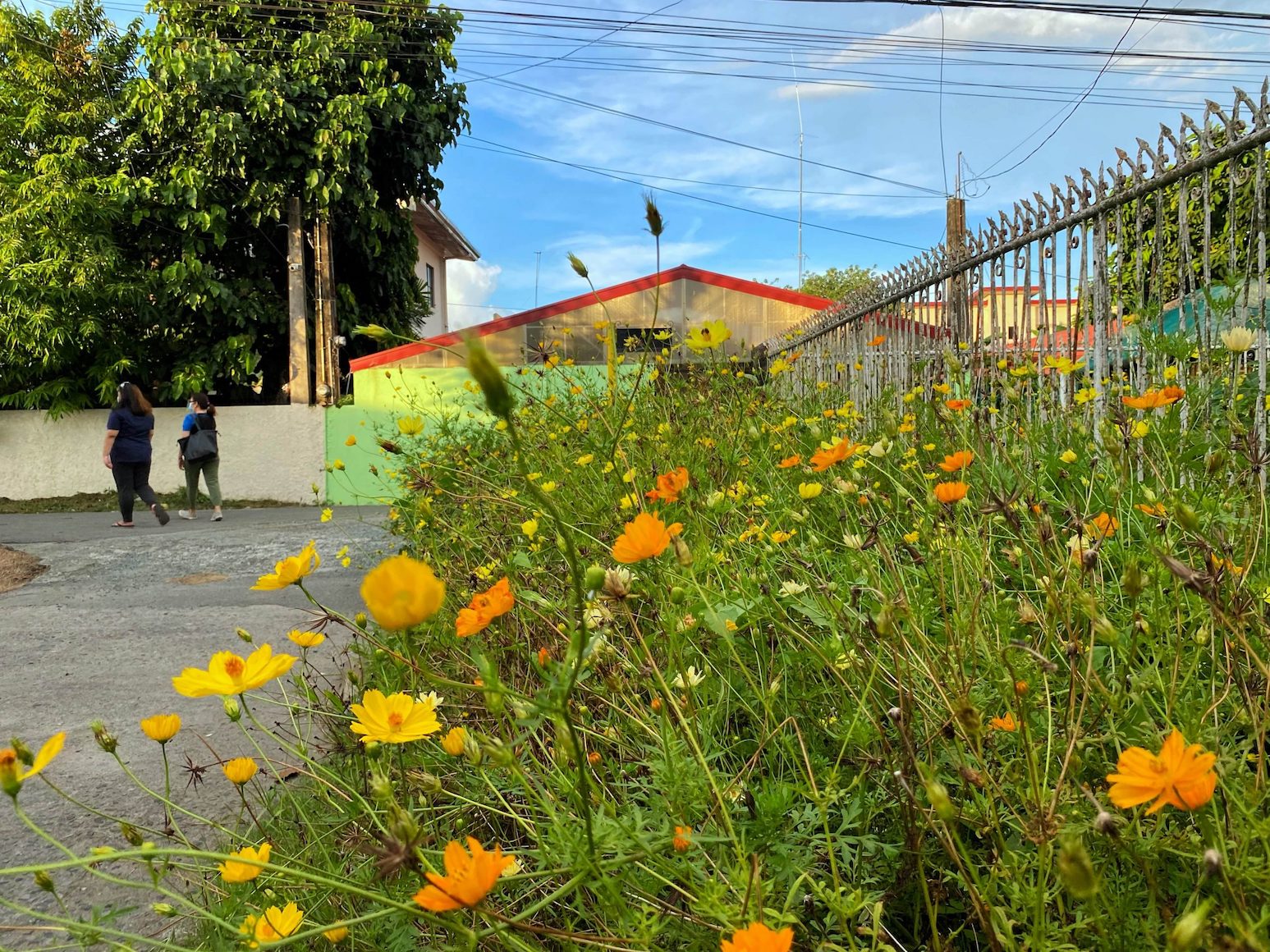
I took my mask from the hook where I hang it and started wrapping it around my chin. I will cover my mouth once I’m outside and the first person comes. This is something I say to myself to stop being annoyed with all this mask-wearing.
I picked up my face shield and placed it inside my bag. I usually wear it on top of my head like a headband because—why the fuck are we still wearing these in the Philippines when the entire world isn’t already? This is where it stays most of the time unless I enter an establishment. But I am not entering any establishments today. In fact, I’ll just be walking around the neighborhood to see what else I can see.
I realized I still haven’t walked on two nearby streets—Sierra Madre and Banawe. These are the two streets parallel to my street (Mt. Data). I pass by the two of them whenever I walk Onyx Street towards UP. Since I am feeling a little lazy today, I decided to just explore these two streets nearby.
As I got out the gate, I looked up at the sky and saw that the sun is still up. There are clouds everywhere. Soft light, I said. This is good.
I encountered a quote that I have been pondering a lot recently. James Clear shared it in his newsletter. It is a quote from Thomas Mitchell, a well-educated farmer who wrote essays on how to live well in 1913, a few years before the First World War. The compilation of these essays was published in a book I am still about to read—Essays on Life by Thomas Mitchell, Farmer.
The quote says:
One of the best secrets of a happy life is the art of extracting comfort and sweetness from every circumstance…
People are always looking for happiness at some future time and in some new thing, or some new set of circumstances, in possession of which they some day expect to find themselves. But the fact is, if happiness is not found now, where we are, and as we are, there is little chance of it ever being found. There is a great deal more happiness around us day by day than we have the sense or power to seek and find.
If we are to cultivate the art of living, we should cultivate the art of extracting sweetness and comfort out of everything, as the bee goes from flower to flower in search of honey.
I love this bee metaphor to visualize how the process of living a full life happens.
In a lot of ways, the world is a large field full of experiences (flowers), where we can extract comfort, joy, happiness, or Ginhawa (nectar). Thoreau looked at the world the same way. He likened the sights of the world to a harvest that must be reaped by those who walk in Nature. He wrote in his journal:
We pass haymakers in every meadow, who may think that we are idlers. But Nature takes care that every nook and crevice is explored by someone. While they look after the open meadows, we farm the tract between the river’s brinks and behold the shores from that side. We, too, are harvesting an annual crop with our eyes, and think you Nature is not glad to display her beauty to us?
August 6, 1858
Thoreau was a bee and the beauty around him was his nectar. He would walk with a notebook in one hand and a pen in another, jotting down very brief notes about things he sees in his walks—a bird flying by, a small stream breaking the silence, a rainy summer afternoon. In the morning after his walks, he would expand these brief notes into long journal entries, written with so much beauty and care that they turned out to be his most important work.
A honeybee sucks nectar through a long tongue called a proboscis. Thoreau’s proboscis—the thing he uses to extract sweetness and comfort out of everything—is his attention guided by his eyes, which are supported by an external tool, a pen, and a notebook, where the nectar gathered were recorded.
I am currently going deep in photography, and I realized that in a lot of ways, photography makes for a very good proboscis. With mindfulness and a keen eye, a camera can be a powerful tool to capture the sweetness and comfort all around us. In one way, images can even be more powerful tools for this purpose compared to the words we write in a journal.
A camera simply captures light, but the quality and form of that light are informed by many things—the amount of light itself, the subjects in one’s surroundings, emotions present in those subjects, movement, etc. And all of these don’t just inform what is captured and recorded. They are all present in that recorded artifact. Words can’t easily do this. They are not as direct as images.
Through images, the simplest of all flowers—or streets—can be a rich source of beauty. Sierra Madre and Banawe streets are not as visually exciting as the other streets I’ve walked in. But look at the nectars I have extracted from them.
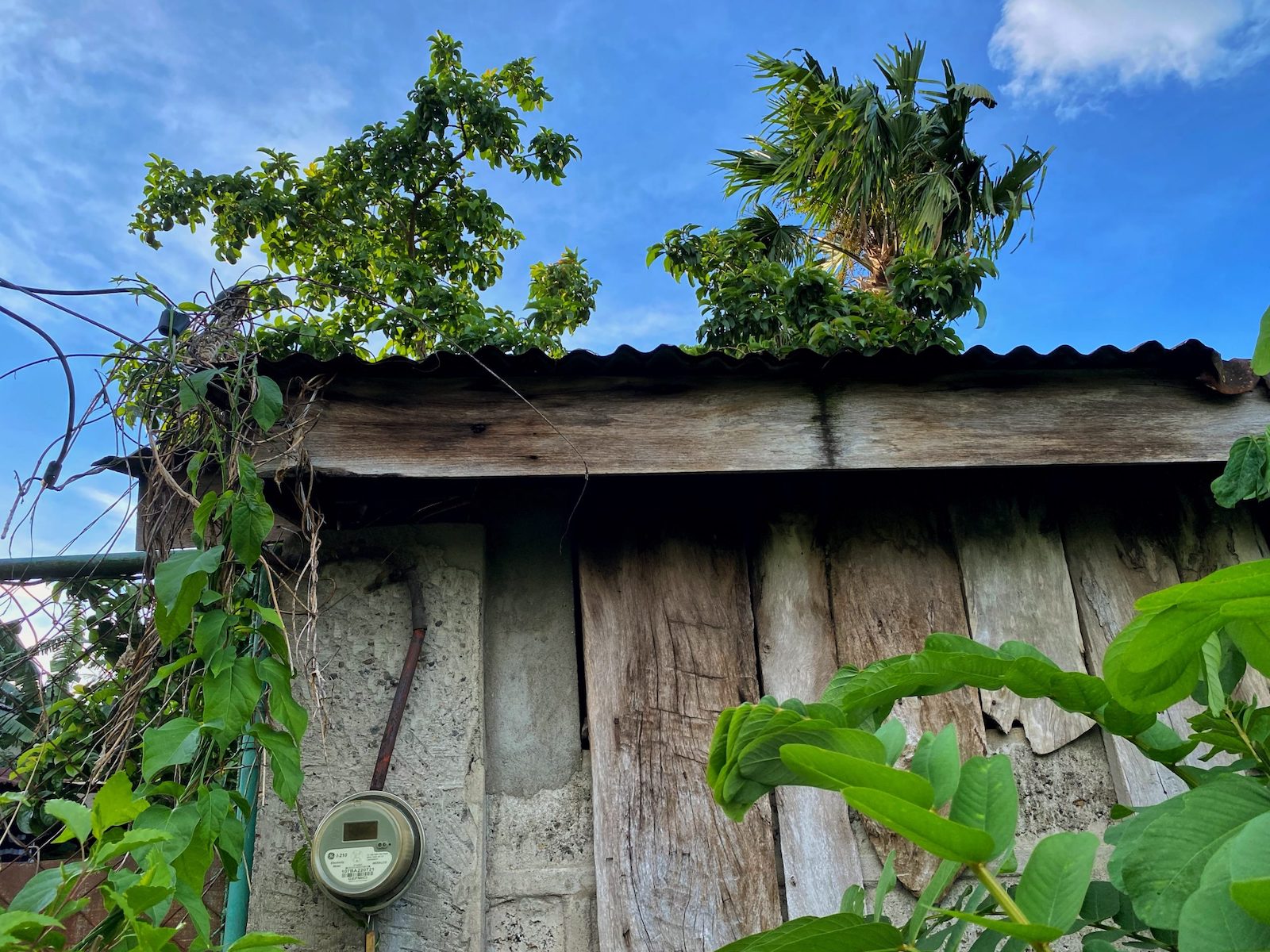
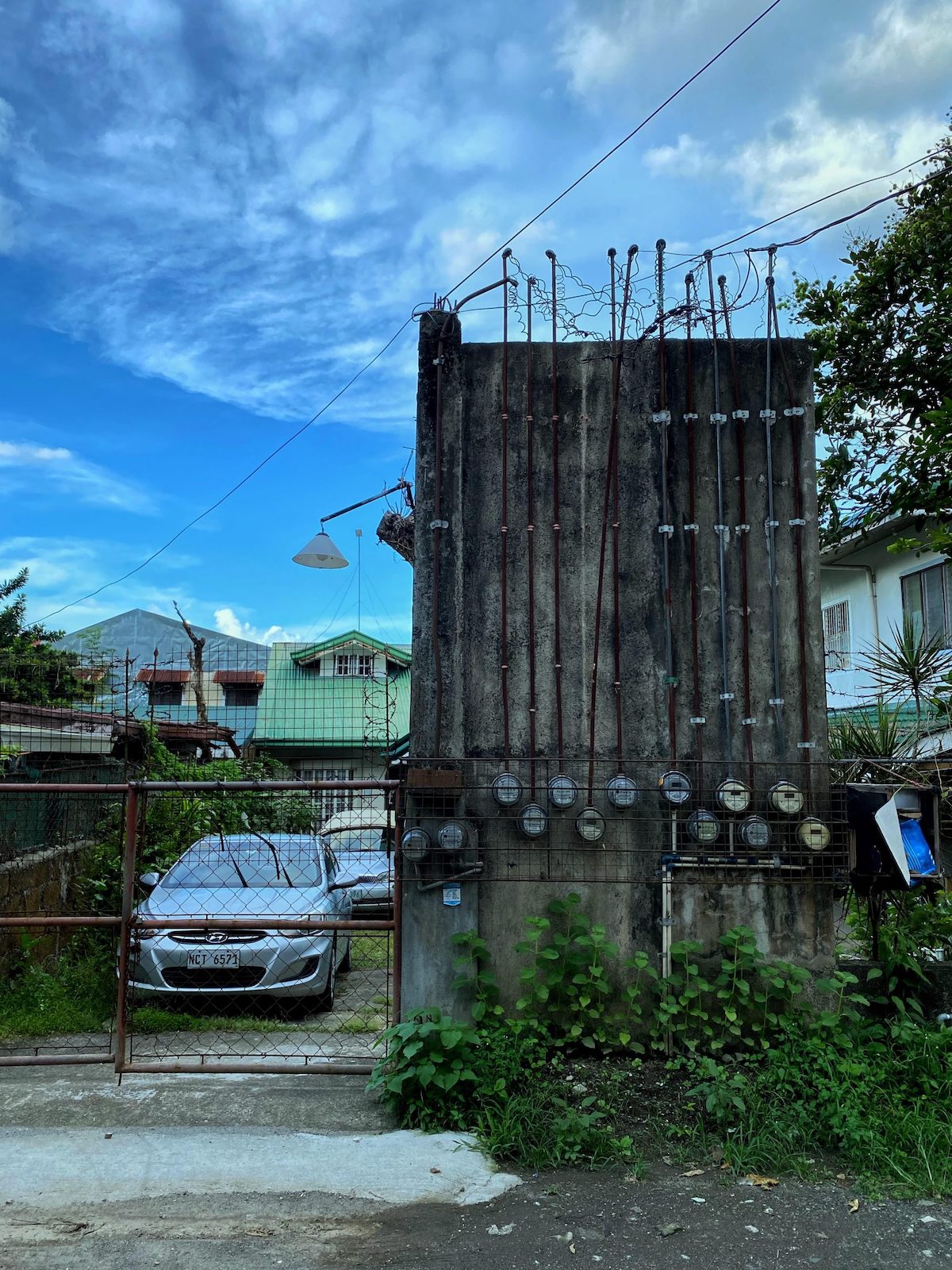
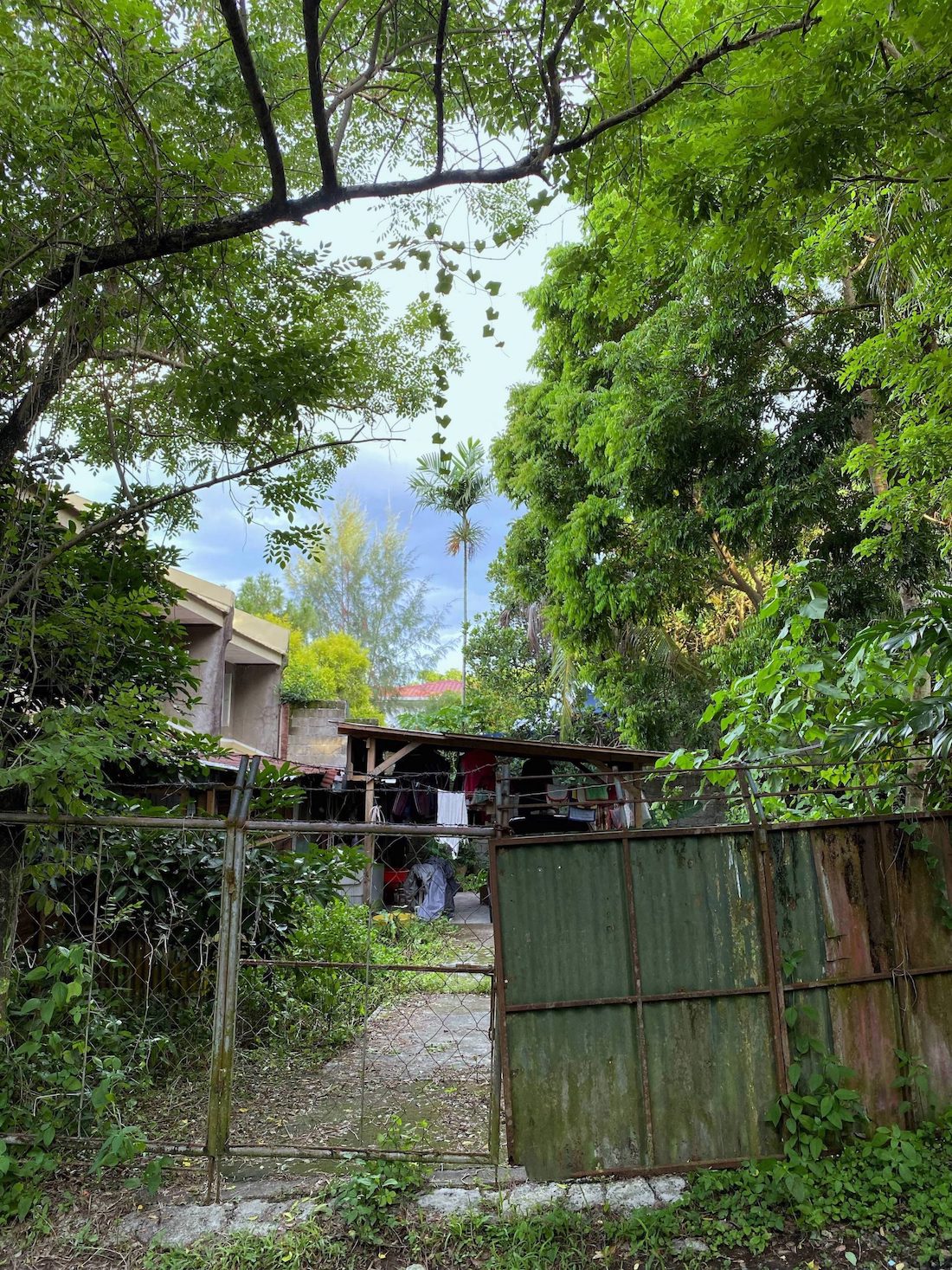
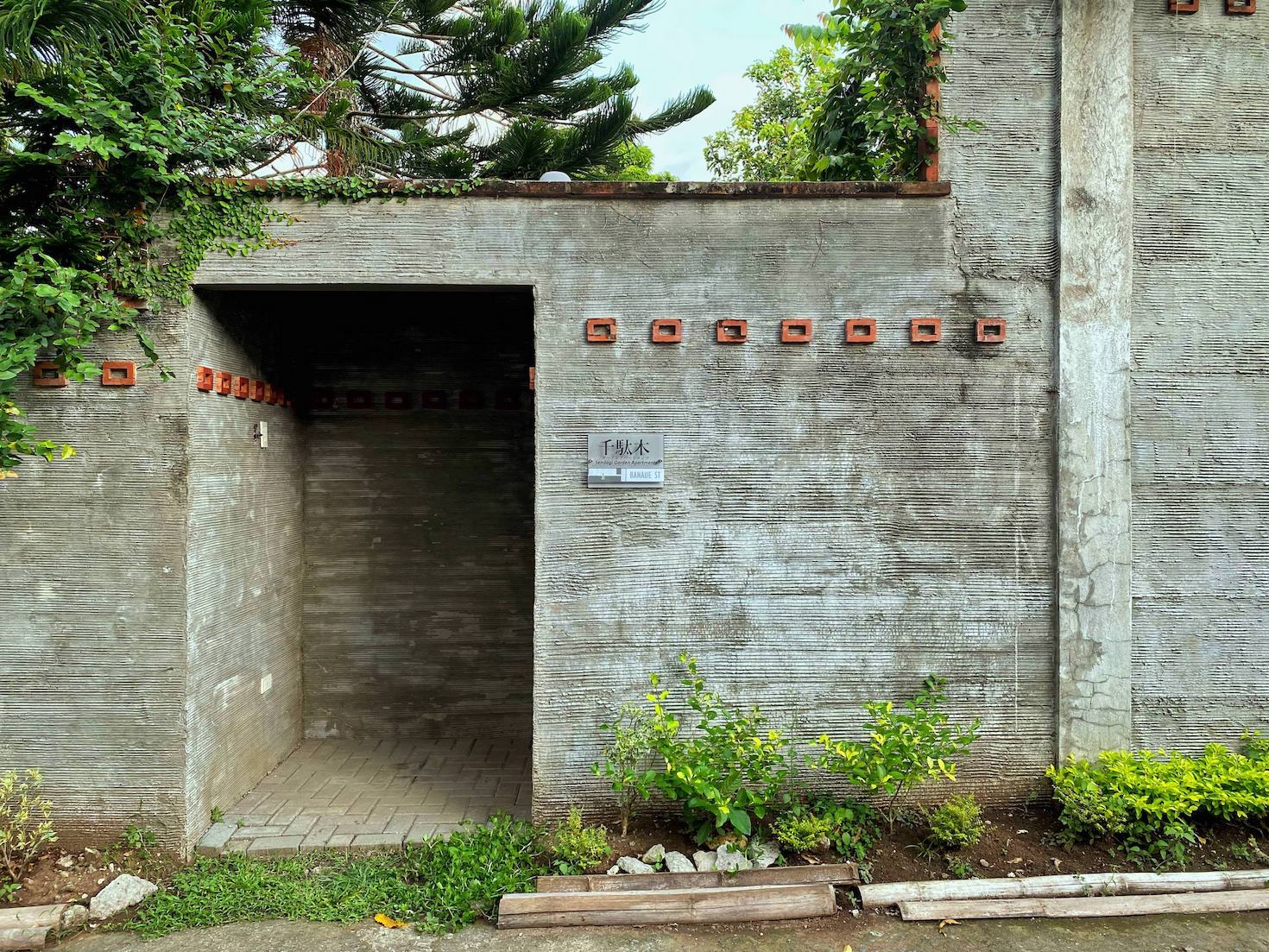
I like to walk—a lot. But I am too lazy—not to mention too incapable—to capture through words what I see in these walks. And so I take photos instead—try to take at least. Photography allows me to articulate the things I cannot express well through words. It allows me to just shut up—and just look. It trains my eyes to pay attention so that I don’t ask for more than what is already in front of me. Instead, I grab what is already here with my bare hands and extract every single drop of sweetness and comfort from it.